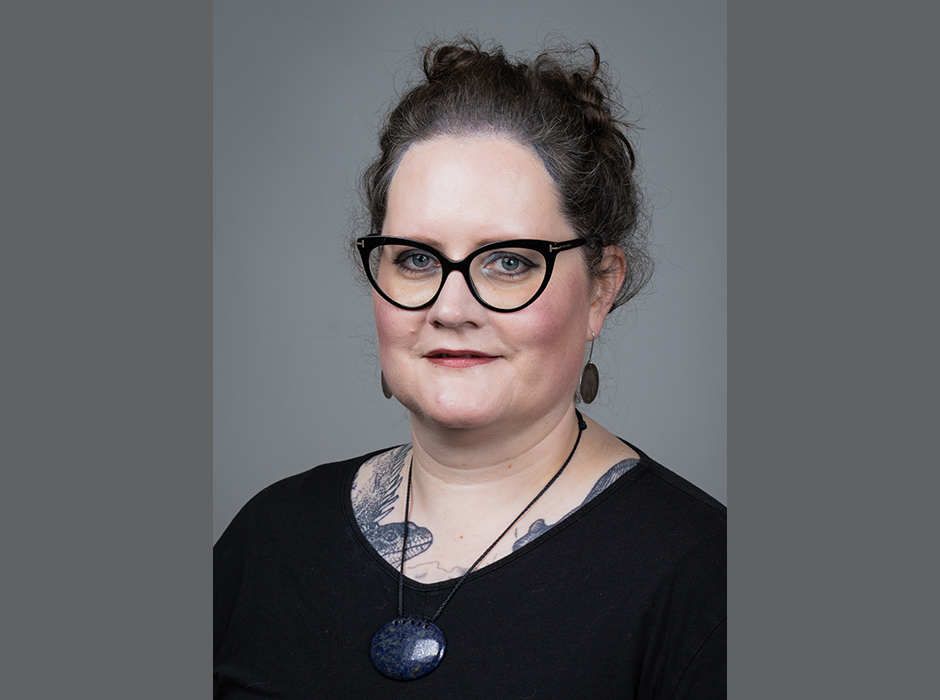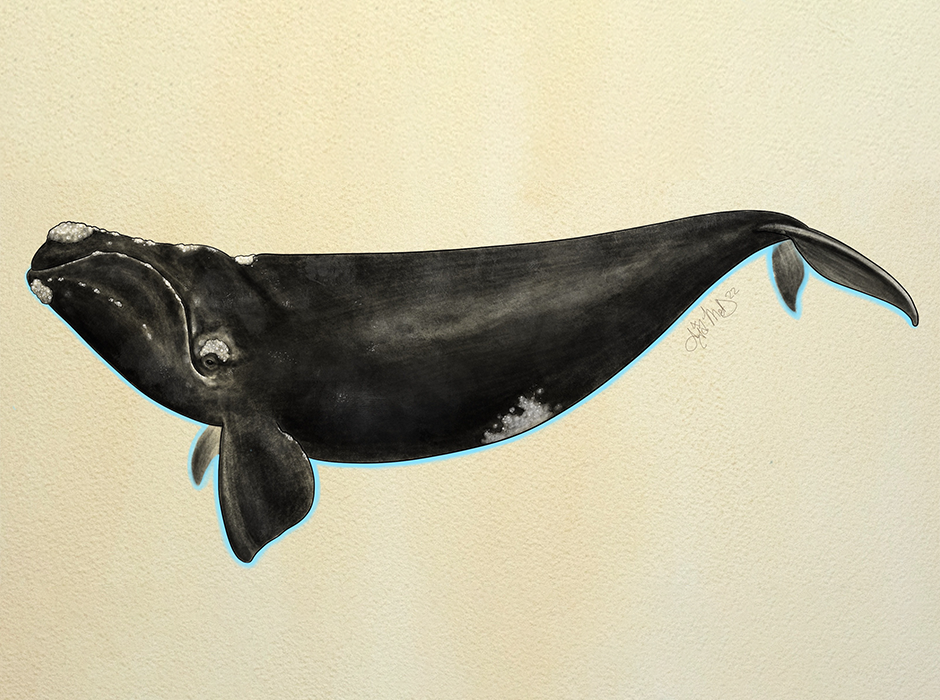
Otago’s Dr Monica Tromp is co-lead on the project 'Reconnecting communities and cetaceans using Mātauranga Māori and archaeological science.'
Exploring the sacred relationship between Oceanic peoples and whales and dolphins will be the focus of a newly-funded research project based primarily at Otago.
Dr Monica Tromp, Senior Laboratory Analyst with Southern Pacific Archaeological Research (SPAR) at Otago, and Co-Primary Investigator Dr Amber Aranui of Te Papa Tongarewa have received a Marsden Grant of $870,000 for the project Reconnecting communities and cetaceans using Mātauranga Māori and archaeological science.
“The relationship between Oceanic peoples and cetaceans (whales and dolphins) is a sacred one that has persisted for centuries. These relationships are culturally significant and expressed in whakapapa (genealogies) and pūrākau (oral traditions). Despite this, we know very little about how people interacted with cetaceans in the past in Aotearoa,” says Dr Aranui.
Cetaceans include the largest animals on earth, but they are largely invisible in the archaeological record as their size prevents the transport of whole and/or diagnostic bones.
However, there are many fragmentary cetacean bones found in archaeological sites throughout Aotearoa. Biomolecular techniques can draw on these remains to provide a pathway to more nuanced understandings of the relationship between people and cetaceans.
Additionally, says Dr Tromp, processes of colonialism have severed people from mātauranga ngā ika moana (Māori knowledge of whales). An essential outcome of this research will be exploring and articulating how archaeological science can be more informative and powerful when used alongside mātauranga Māori.
“We are absolutely thrilled that our project received funding, and cannot wait to get started,” says Dr Tromp.

A Southern Right Whale drawn by Aja McDonald for the project.
This research will use mātauranga Māori, the biomolecular methods ZooMS (zooarchaeology by mass spectrometry), and ancient DNA, to analyse archaeological taonga and bone fragments from unknown cetacean species.
A team of expert consultants from mana whenua, biomolecular archaeologists, museum specialists and marine conservationists will examine the changing relationship, use, abundance, and diversity of cetaceans from the first arrival of people to Aotearoa through to the present.
The team also hopes that knowledge gained about cetaceans in the past can help to inform conservation of cetaceans in the present.
Dr Tromp and Dr Aranui are also part of multidisciplinary team that is developing a minimally invasive sampling technique to allow the identification of the animals used in creating taonga tūturu (precious objects created by Māori artisans). Once it is developed, they intend to use this identification technique in this cetacean research project.